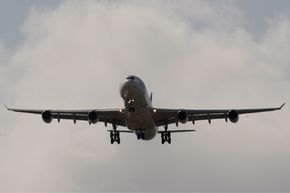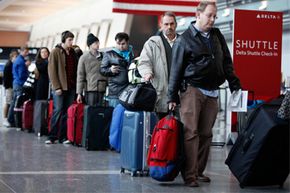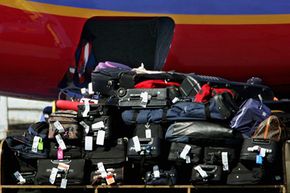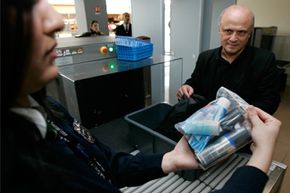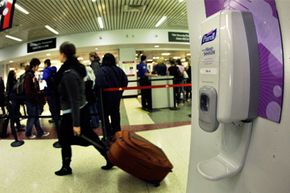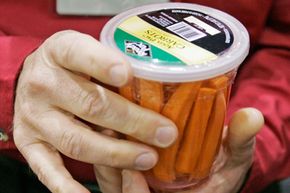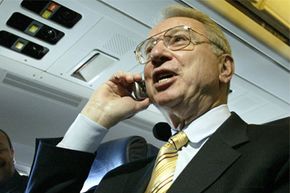The days of flying the glamorous skies seem to be gone forever. The seats are smaller, the leg room is more cramped and the airlines are charging extra for everything from luggage to snacks. But that doesn't necessarily mean we have to resign ourselves to merely enduring air travel. In fact, there are plenty of ways to improve the experience of travel, despite federal safety regulations and snoring seatmates.
In this article, we'll run down 10 tips for having a good flight. Remember, the primary goal of each of the items on this list is to benefit you, the traveler, but these tips will also make the whole in-flight experience a lot more comfortable and a bit less crazy-making. There are even a few easy ways to keep yourself healthy, rested and entertained during your flight, which always makes for happier travel.
Advertisement
So now, let's dive right in and begin with tip number 10.
